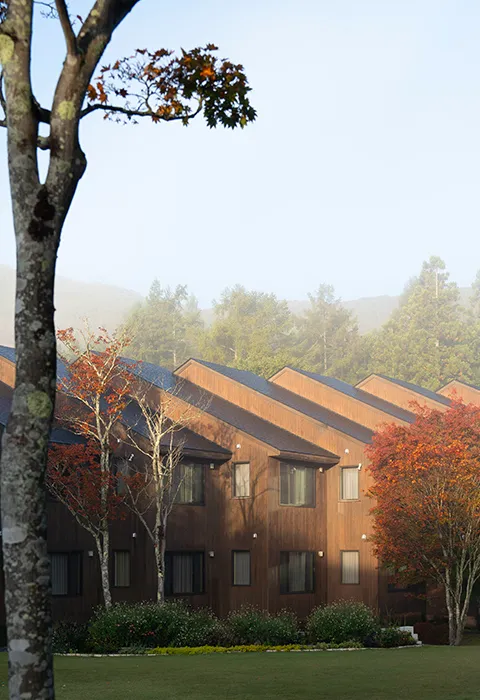
cityguide
- TOP
- City Guide
- Let's find delicate wildflowers on a beautiful green walking path at Sierra Resort Hakuba
Activities for children
For the whole family
Hakuba nature and wildlife
2024/05/01
Let's find delicate wildflowers on a beautiful green walking path at Sierra Resort Hakuba
Hotel Sierra Resort Hakuba has a walking trail through the forest. It is covered in snow in winter and cannot be used, but when the snow melts, the skunk cabbage blooms and you can enjoy the change from fresh green to deep green in early summer. Here we will introduce some of the wildflowers and alpine plants that can be seen on the walking trail in spring and summer.
A walk through the forest
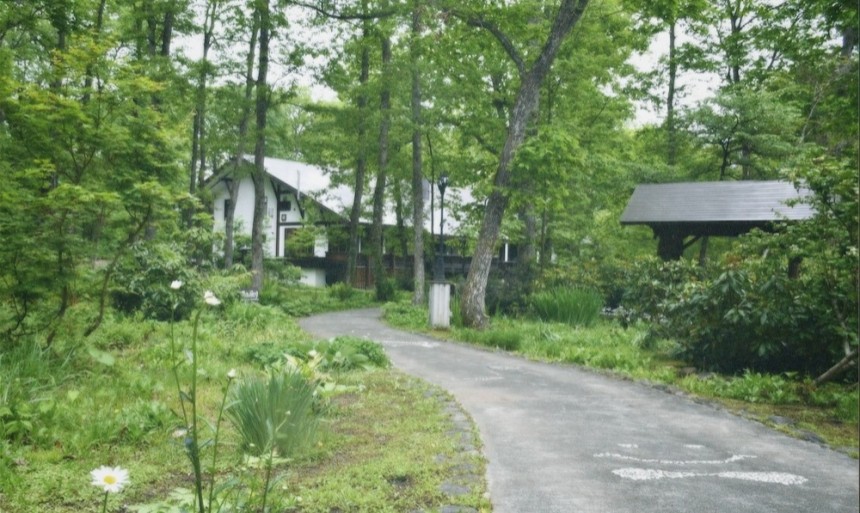
Hotel Sierra Resort Hakuba is located at the foot of the Northern Alps and is surrounded by a 10,000 m2 forest. It has a beautiful welcome garden and courtyard carefully tended by the garden staff, as well as a well-maintained walking course. As you stroll through the grounds, you will encounter flowers and trees that will help you feel the change of season. In this article, we will introduce the wild grasses and flowers that can be found on the walking course by color.
White Flower
Asian skunk cabbage (skunk cabbage)
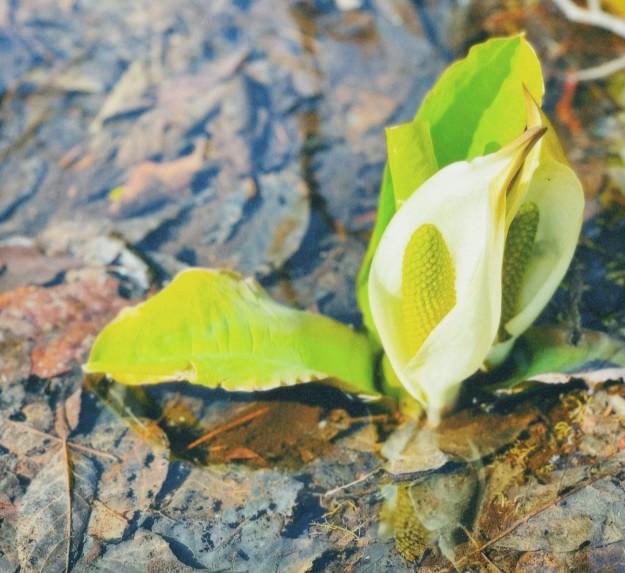
It is characterized by large white flowers that bloom in the marshes in early spring when the snow melts and the soil begins to emerge. The large leaves resemble those of the Japanese skunk cabbage, and it was named after the fact that it grows near water. As its name suggests, the source of our hot spring, Hakuba Mizubasho Onsen, is located near the Hakuba Village Ochikura Nature Park, where Asian skunk cabbage grows in large numbers.
Sankayou (mountain lotus leaf)
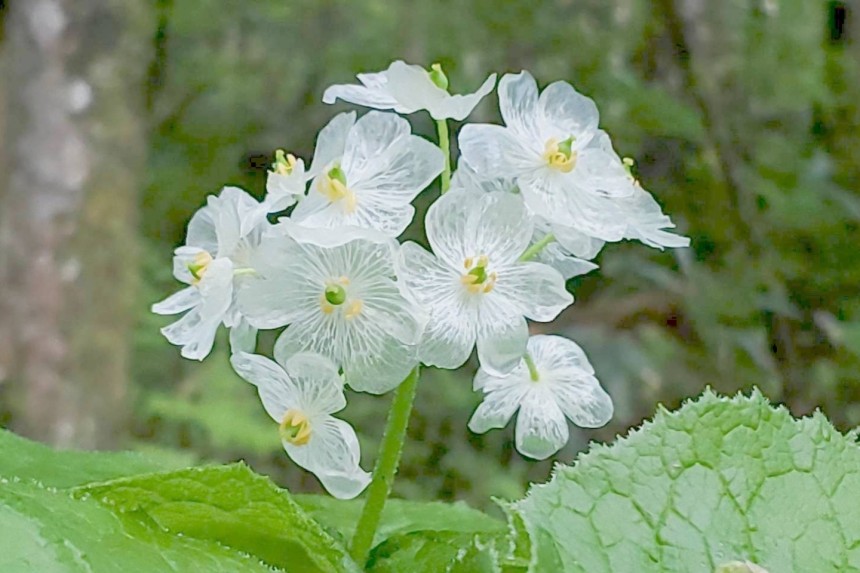
Sankayo is a flower that has the characteristic of becoming transparent when wet with rain or morning dew, and its fantastical appearance with white petals that look like glasswork has become a hot topic on social media. It mainly lives in the mountains and forests of Japan, so you can see it at the end of the gondola at nearby Tsugaike Kogen. It blooms from June to July, and its beautiful transparent appearance can be best observed in the early morning, especially when morning dew is still remaining.
Primula japonica (Quinella japonica)
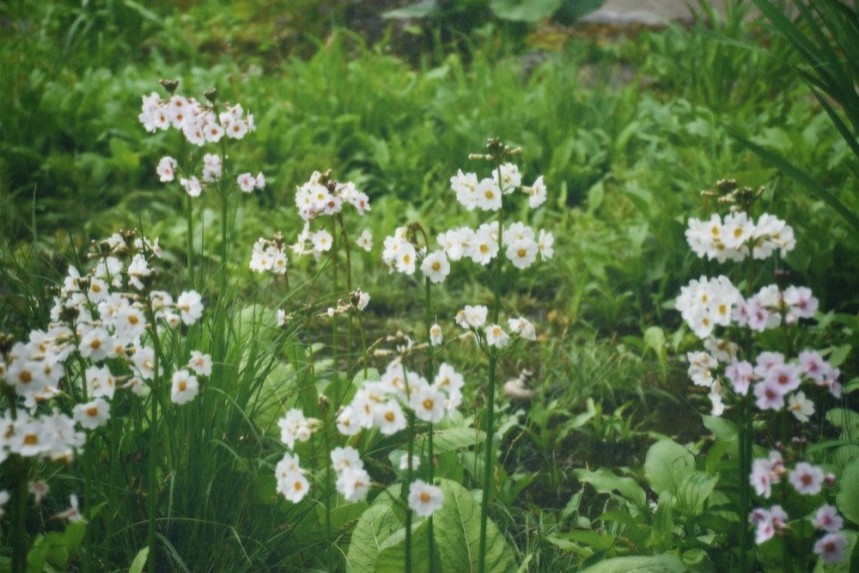
It is a perennial plant that grows in wetlands and along streams in mountainous areas. The primula at our hotel also grows near the babbling brook on the walking path. It's soothing to look at the flowers while listening to the sound of the water. Incidentally, the primula was named "kurin-so" (nine rings) because the way the pink or white flowers bloom in tiers resembles the nine rings on the roof of a pagoda.
Lily of the valley (Suzuran)
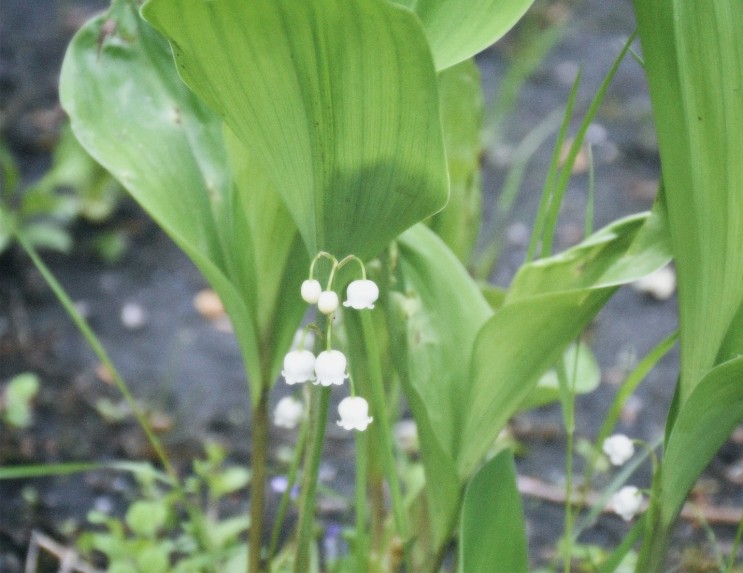
Lily of the valley blooms in early summer with small, bell-shaped white flowers. Despite its cute appearance, it is a poisonous plant, so if you come across it, be careful not to touch it and just enjoy it by observing it.
Harujion (Spring Asters)
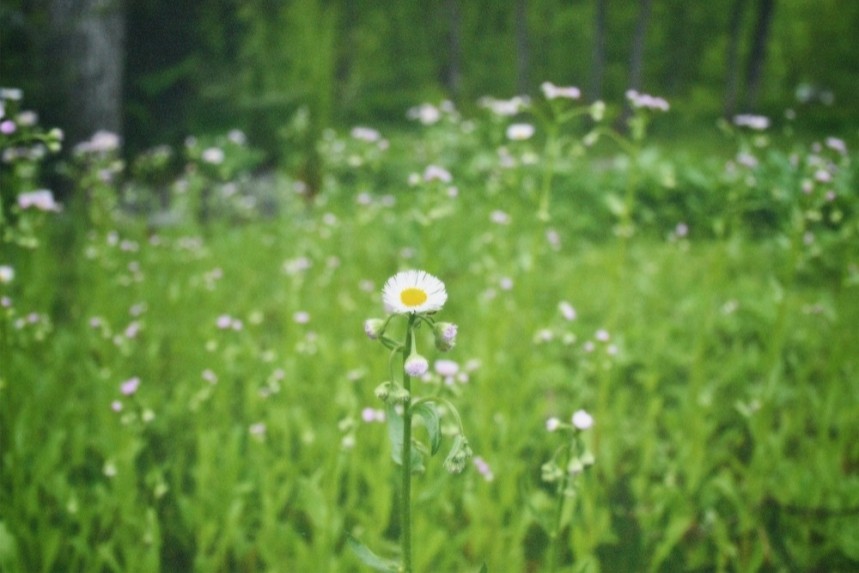
It is a weed commonly seen on roadsides, and its flowers come in white, pink, and light purple. The difference between it and the closely-sighted fleabane (himejoen) is that the dandelion blooms in spring, while the anemone's flowering season is a little longer, from May to October. The dandelion's buds face downwards, and the leaves grow to embrace the stem.
Lamium (dancing lamb)
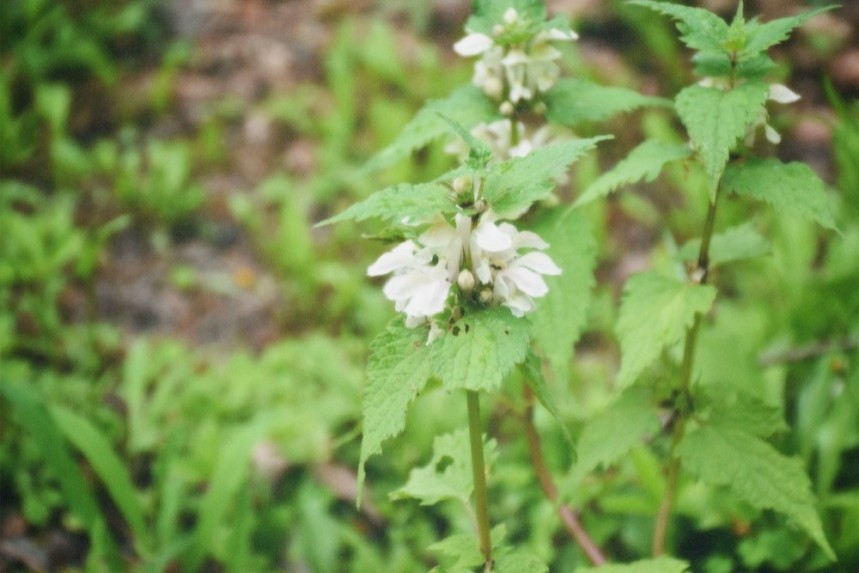
It is a perennial plant that grows in forests and shady fields. It was named after the shape of its flower, which resembles a dancing girl wearing a hat. On the premises, you can also find Lamium purplish-pink (Princess Dancer Grass) with pale crimson-purple flowers and Lamium kibana (Yellow Dancer Grass) with yellow flowers.
Calanthe (Shrimp root)
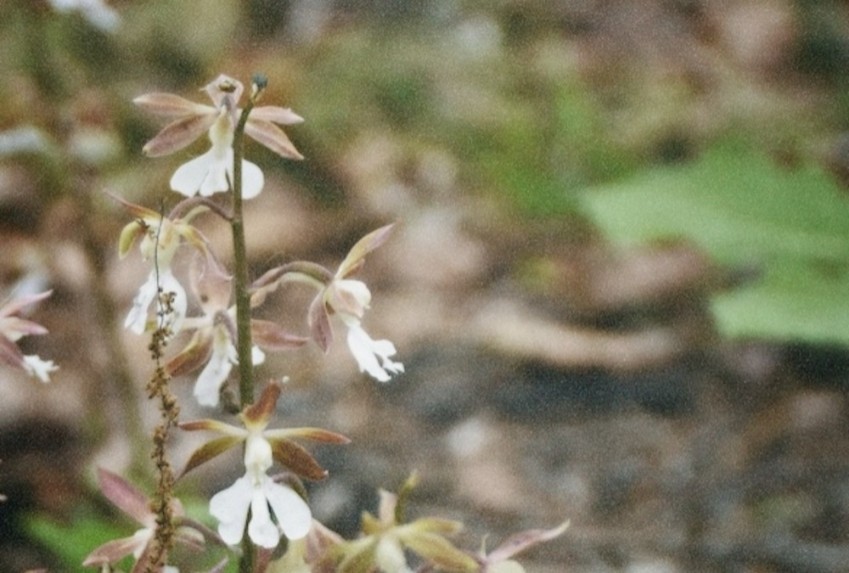
Calanthe, a member of the orchid family, is one of the wild orchids in Japan. Among the gorgeous orchids, it has modest and subdued flowers, so it is perfect for the flower language of "humility" and "humble love."
Tsuruaridoushi (vine ant passage)
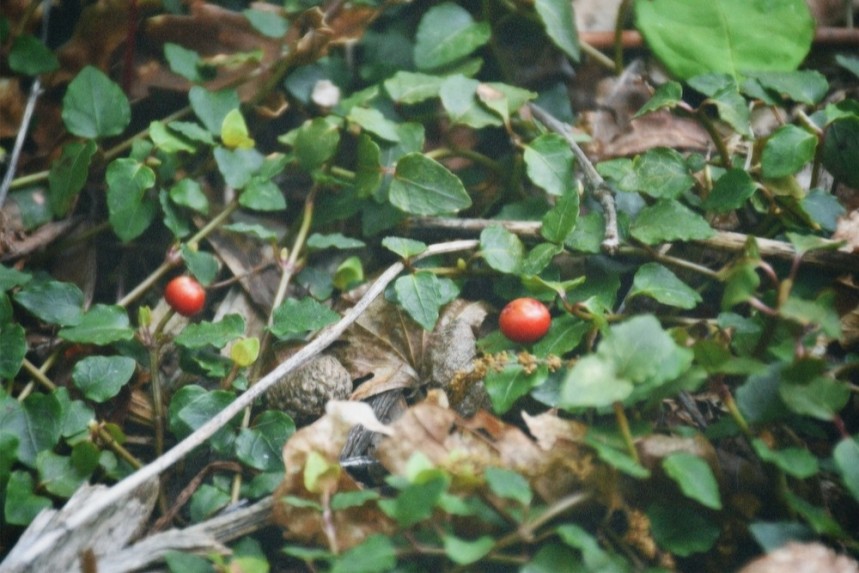
The vine is a small, evergreen mountain plant that creeps along the ground like a vine. In autumn, it produces red berries. Also, although it is not shown in the photo, during the flowering season in June and July, it produces white flowers in pairs at the end of each stem.
Large-ball (Odemari)
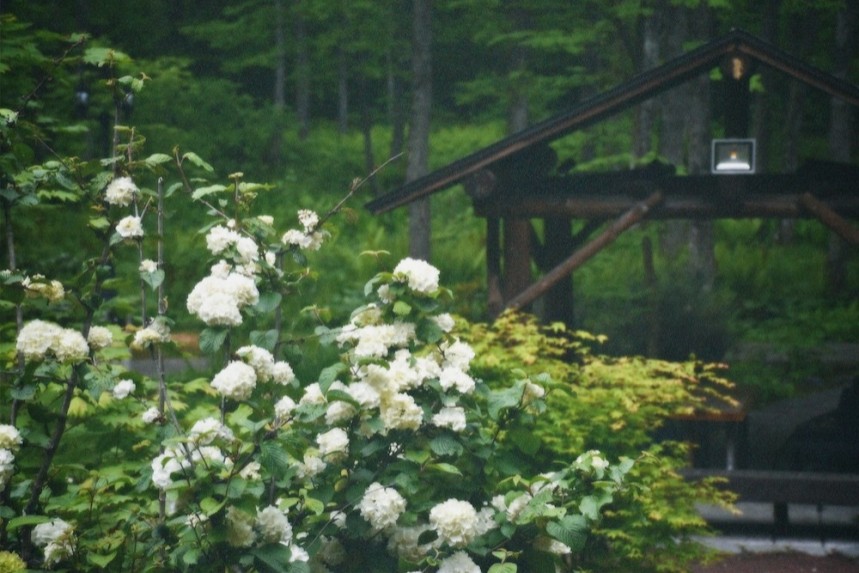
The Japanese snowbell is not a wild plant, but a deciduous shrub that blooms with ball-shaped white flowers in early summer. It looks similar to a hydrangea, but the tree is over 2m tall, much taller than a hydrangea. The flowers start blooming in April and May, a little earlier than hydrangeas.
Yellow Flower
Marshmallow (Cowslip)
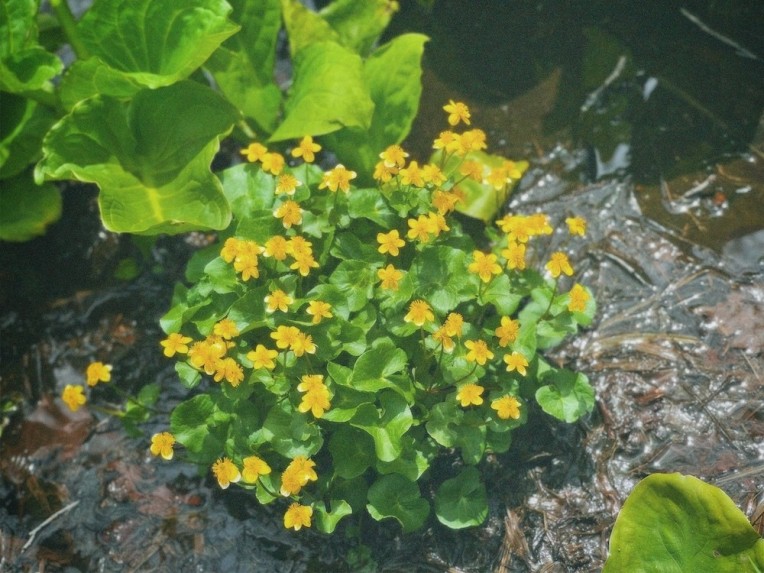
It is a perennial plant that grows in swamps and alpine wetlands. As its name suggests, it blooms with cute little yellow flowers from May to July. The vivid color of the flowers gave rise to the flower's meaning of "wealth." Why not try looking for the auspicious marsh marigold during your stay?
Horse's foot print
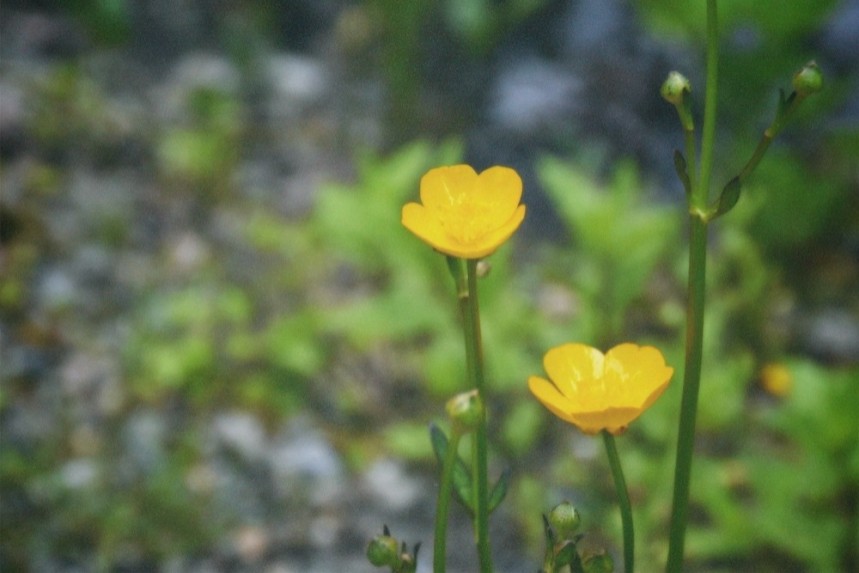
Horseshoe-shaped flowers, commonly known as buttercups, are characterized by their slightly metallic, shiny flower color.
Tsukubane-sou (Chopsticks)
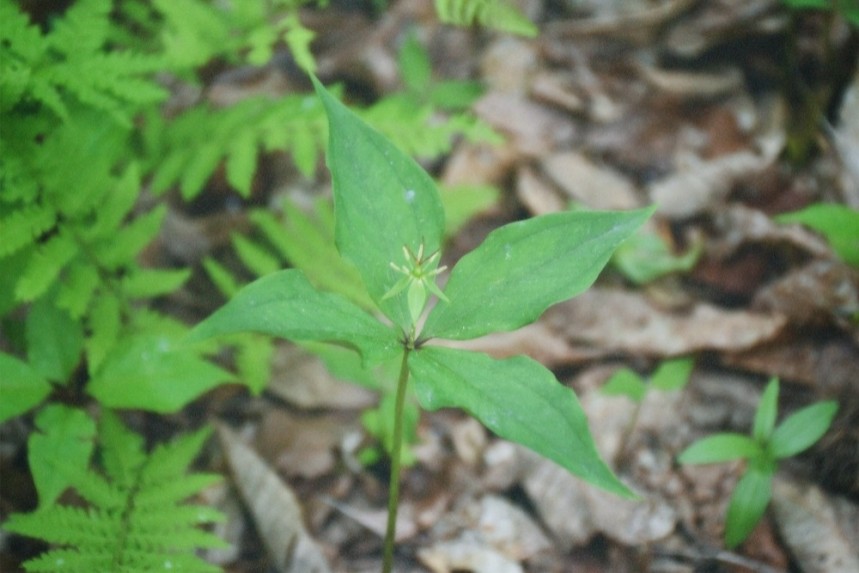
Tsukubane-sou is a species native to Japan and is found throughout the country, living in mountain forests. It is characterized by its small flowers compared to its large leaves.
Pink flowers
Firefly bag
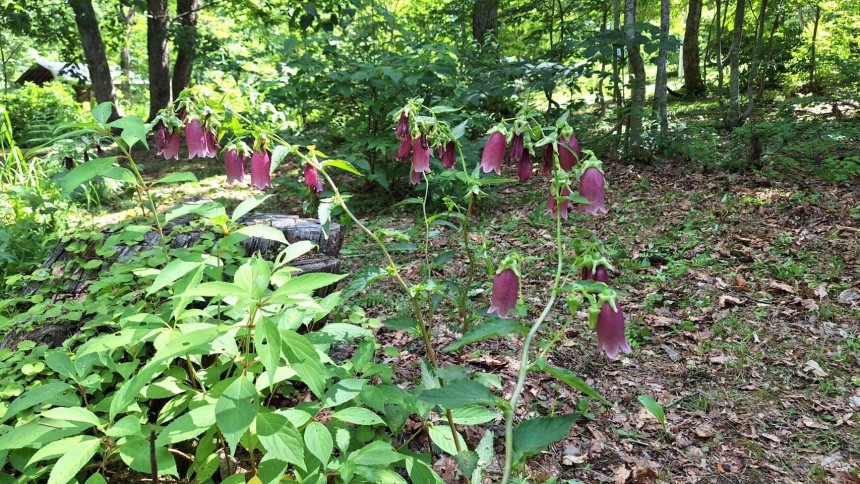
This is a familiar wild plant that can be seen from plains to mountainous areas. Along with hydrangea, it is a representative flower of June. It is said that it got its name from the fact that children used to put fireflies in these bell-shaped flowers and play with them.
Forget-me-not
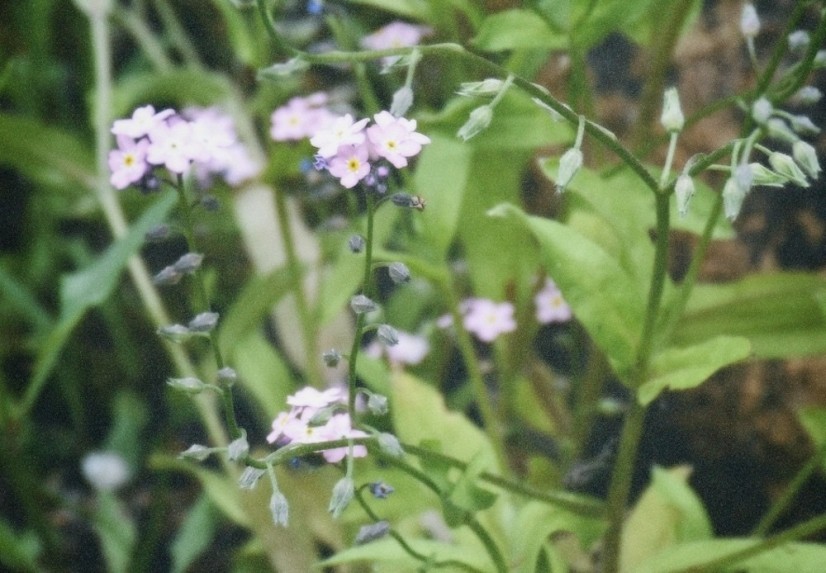
When it comes to forget-me-nots, the most popular are the beautiful blue flowers, but they also come in white and pink. There's a slightly sad and romantic story about a medieval German knight who slipped and lost his life while trying to pick these flowers blooming in a river for his lover. The words he said at that time, "Don't forget me!", are the origin of the name and flower language.
Sarasa Enkianthus (Sarasa Lighthouse)
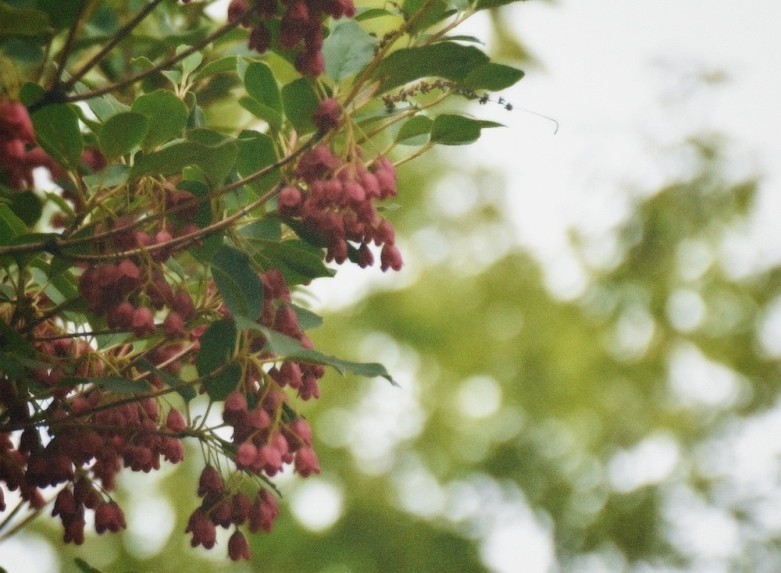
Sarasadoudan is a deciduous shrub of the Ericaceae family that grows to a height of about 2m to 5m. It blooms from May to July, and turns a fiery red in autumn. The name comes from the resemblance of the flower to a chintz dyed pattern. It is also known as Furintsutsuji (wind chime azalea).
Blue and purple flowers
Periwinkle (vine)
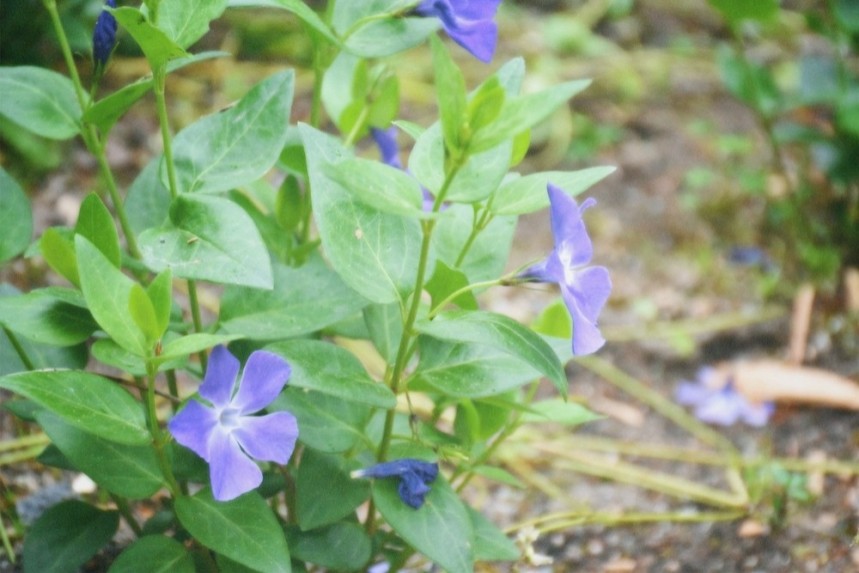
Periwinkle is an evergreen perennial plant native to Europe that grows like a vine and blooms blue-purple or white flowers from spring to early summer. It is cold-resistant and can survive the winter in cold Hakuba.
Lupine (Noboru Fuji)
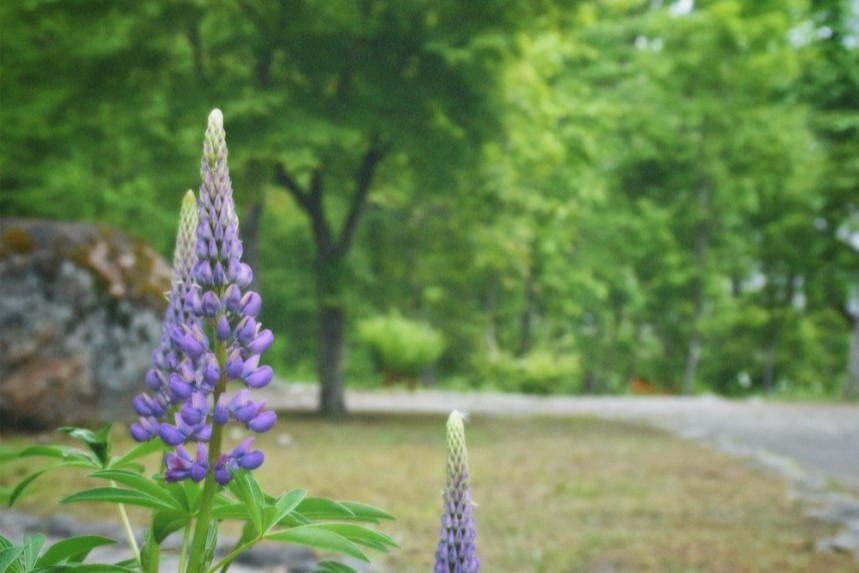
Lupine, native to America, was once used as a wild plant for green manure and animal feed, but has since been bred as a horticultural variety, with a rich variety of flower colors including red, pink, purple, and yellow, making it a popular plant to brighten up flower beds from spring to early summer. Its striking appearance resembles an upside-down wisteria, and it is also known as "rising wisteria."
summary
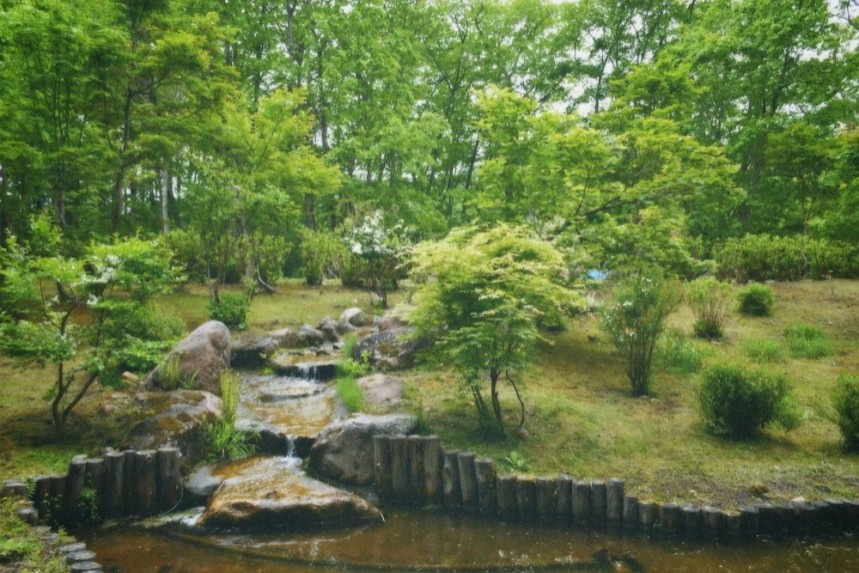
This time, we mainly introduced the flowers that grow on the hotel's walking paths in spring and summer, but there are also other plants that have beautiful autumn leaves, trees with healing effects, and wild plants. We will introduce them another time! During your stay, it would be nice to take a walk around the greenery-filled grounds, take photos of the plants, and enjoy a relaxing forest bathing experience.
Also, the blooming situation depends on the weather and temperature, so please enjoy each and every moment.

